Anyone who knows me knows that I’m a tea fanatic. You can open any cupboard in my kitchen and expect to find several types of tea nestled in every possible space.
You may even have the privilege to be buried alive by the sudden avalanche that ensues after opening a particularly full cupboard, but I try to warn people before they open THAT one.
Do I drink all of these teas? Yes, I do actually. I go through phases too. One week or month, I might only be interested in Jasmine or Orange Blossom tea
. The next it might be Green
or perhaps an earthy Pu'erh
.
Regardless of my cravings for other teas, there is but one tea that will always be my favorite; Earl Grey.
What is Earl Grey Tea?
Earl Grey tea is almost always a black tea, though I have seen green tea variations. The loose black tea is infused with the peels of the bergamot citrus fruit giving the tea its bold, fragrant, and delicious flavor. The best bergamot comes from southern Italy and the Mediterranean. The fruit’s peel is used for flavoring desserts and teas and is the primary source for extracting the bergamot essential oil.
Nowadays, the essential oil is used to flavor Earl Grey tea over the peels to give the tea an especially bold flavor and aroma. If you prefer a softer Earl Grey, you can learn how to flavor black tea with bergamot peels here. Anyone who is not a fan of Earl Grey should give this variation a try.
How to Make Earl Grey Tea Using Essential Oils
My keen obsession with Earl Grey has led me to trying TONS of different brands, There used to be one that I loved above all others….until they changed the formula. You see, I like my Earl Grey to be strong, double strong in fact, so when Paisley changed from being the "Bergamost!"back to regular strength, I was a bit saddened. OK I was distraught! And yes, I tried double bagging the regular and it just wasn’t the same. I’m not sure if it was the strength or merely the source of bergamot that changed.
All I know is it isn’t the same at all.
And so my journey to find that perfect cup of Earl Grey tea continued until FINALLY I decided to try making it myself.
Making your own Earl Grey is really simple.
Here’s What You’re Going to Need:
• 1 cup of high quality black tea
• Young Living Bergamot Essential Oil (where to buy)
• A wide mouth mason jar
The quality of the black tea you use will greatly influence the end product so make sure you get a good one. The nice thing about making your own Earl Grey is you can choose the highest quality ingredients and support Fair Trade sources.
Also, you CANNOT use just any bergamot essential oil. It MUST be therapeutic grade only. I use Young Living essential oils because I know that their quality is unmatched. Not to mention their Bergamot Essential Oil smells full bodied and amazingly pure.
When I smelled the bergamot essential oil from the bottle, I knew it would make an excellent Earl Grey tea.
It took a few tries, but what I came up with is what I consider a fantastic Earl Grey. I like mine strong, so keep in mind that you can add more or less bergamot essential oil to suit your tastes.
Loving Preparation- How to Make Earl Grey Tea Using Essential Oils
This is the basic Earl Grey tea recipe, so here’s what you need to do to make it:
• Add 5-20 drops of Young Living Bergamot Essential Oil straight into the mason jar. (5 drops yields a light bergamot flavor while 20 drops is pretty strong for all but the most diehard Earl Grey lovers)
• Swirl the oil around the inside of the jar to coats the sides evenly
• Next, pour in the black tea (I used 1 black tea blended with rose petals and another called Ancient Forest Tea)
• Cap the jar and shake vigorously to help spread the essential oil on all of the tea leaves
• Let the tea infuse anywhere from 12hrs-3 days to allow proper curing
You can make a cup of tea right away, but I recommend letting the bergamot essential oil cure and infuse the tea for several days.
Use within 5-6 months for the best flavor as this tea will weaken over time.
Check out my video below on how to make it 🙂
[yumprint-recipe id='14']
Fancy Earl Grey Tea Options
You can of course spruce up your Earl Grey tea by adding different ingredients or trying different loose tea blends.
Some of my favorite additions include:
• Vanilla bean, fresh or powdered
• 1 drop of Young Living Neroli Essential Oil (aka orange blossom essential oil)
• Dried rose petals or 1 drop of Young Living Rose Essential Oil (makes what is known as French Earl Grey tea)
• Dried lemon peel
• Corn flowers
• Lavender flowers (makes what is known as Lady Grey tea)
• 1-2 drops of Young Living Lemongrass Essential Oil and 1-2 drops of Young Living Essential Oil (makes what is known as Russian Earl Grey tea)
• Steamed milk or cream (makes a London Fog. Try my recipe here.)
Add any of these ingredients to the basic Earl Grey tea recipe above.
You can also make the basic recipe with different tea bases like:
• White tea
• Green tea
• Lapsang Souchong
• Rooibos
You can find all of these loose leaf teas at Mountainroseherbs.com
How to Make the Perfect Cup of Earl Grey Tea
• For every 8oz of water add 1 teaspoon of Earl grey tea
• Steep the tea COVERED for 3-5 minutes depending on your preferred strength. You want to steep the tea covered to keep the essential oil from evaporating out of the tea.
• Strain the tea and add cream, your favorite milk, and add the sweetener of your choice like raw honey, maple syrup
, or organic sugar
to taste.
This is one of my favorite recipes, so I hope you enjoy this wonderful version of Earl Grey tea.
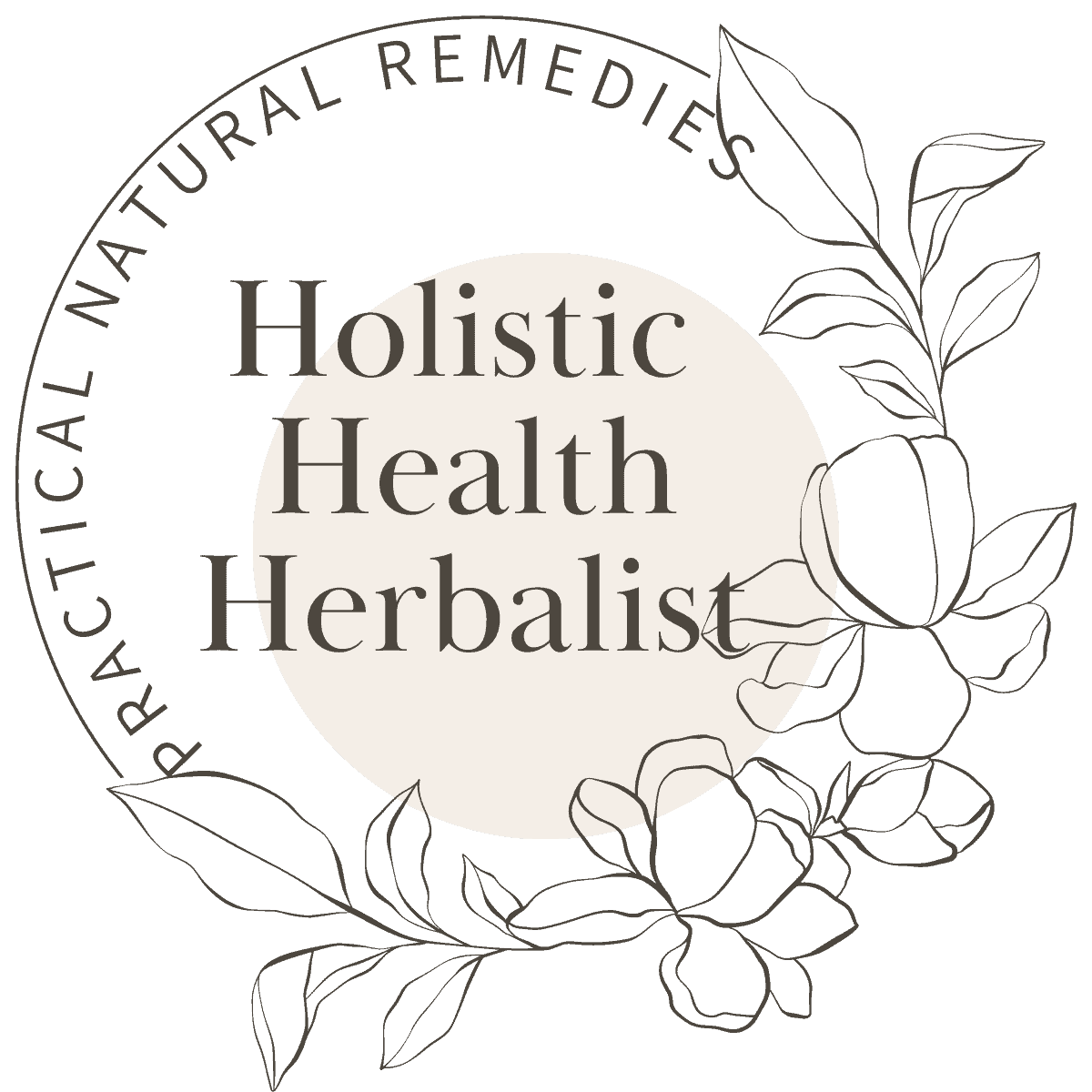

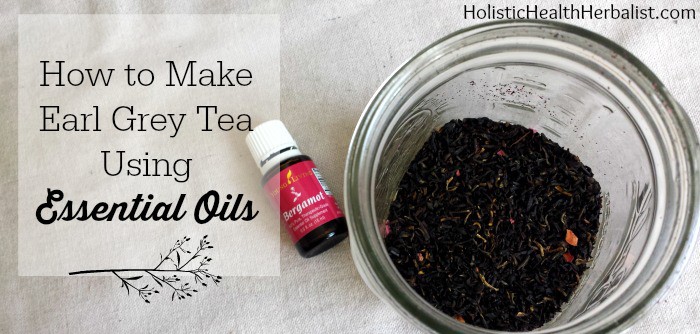
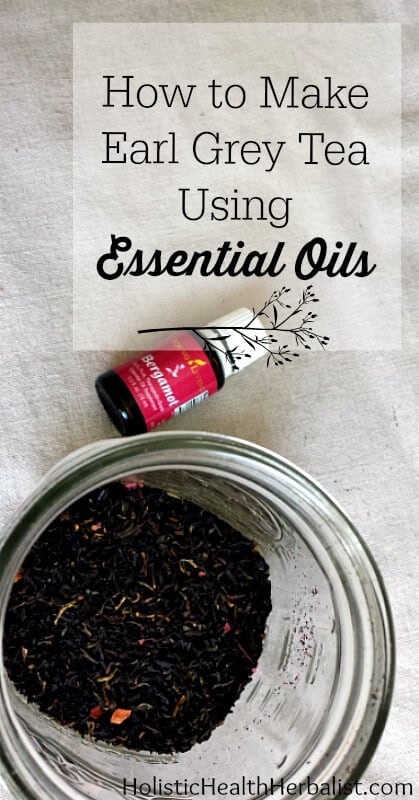

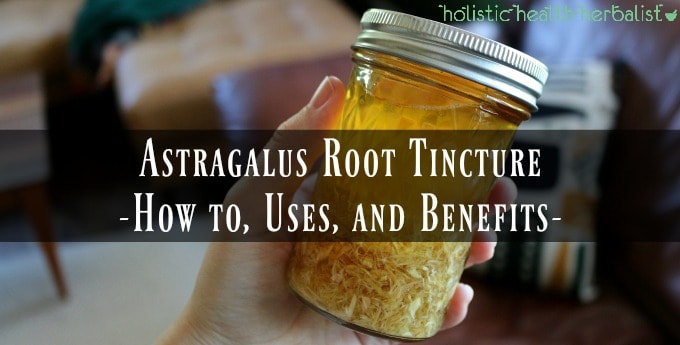
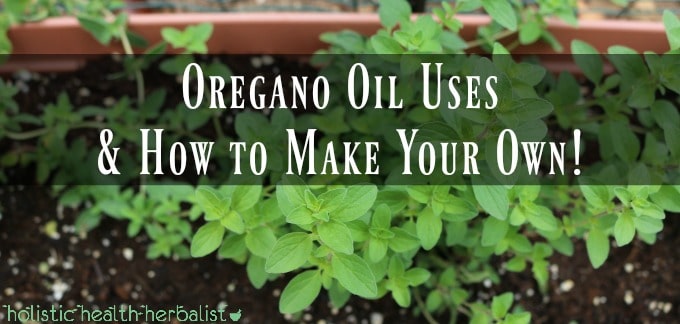

ers says
What if you just put a drop of oil in your cup of tea?
Tash says
It won't flavor the tea because the oil will just float on the top. Drinking it that way can actually burn you!
John Henry says
Hi Tash,
Just stumbled on your post and can't wait to try. My local vendors here in Texas have been increasing the price of my favorite Earl Gray to the point I decided try some other way. I'll be picking up the ingredients this weekend.
Burak says
Can I use quality tea bags instead of loose tea leaves?
Tash says
Hi Burak!
The reason I use loose leaf tea is so that the essential oil can coat the tea leaves and infuse them. I haven't tried adding the bergamot oil to tea that in tea bags, but it might work! Worth a try at any rate 🙂
Jannah says
Hi Tash. I've never ever used oils in my teas, but would like to try. Won't the tea be oily once you steep them?
Tash says
Hi Jannah!
The tea won't be oily at all because a pure essential oil does not leave behind any residue 🙂
Meredith says
I'm totally on board with your use of young living essential oils! (It's the only brand I use ) but tell me what black tea(s) do you recommend and where can I get it please... hopefully, I can get online?
Tash says
Hi Meredith!
That can be a tough one! I always go for the loose leaf black tea from Mountain Rose Herbs. I've also used a few loose leaf teas from Whole Foods that worked well (like Taylors, Rishi, republic of tea, etc.):) Try to find a tea you like the flavor of as it will determine the overall flavor of the final product. Best of luck 🙂
Susan says
I wouldn't ever use Young Living oils, but I'll try the recipe.
Tash says
I'm interesting in all brands of oils, which do you recommend? 🙂
Cristian says
Have you tried doTerra Bergamot oil?
hope to hear from you 🙂
Tash says
I haven't! I currently use bergamot by a number of brands.
Lily says
Ok, not trying to be mean or anything but EVERYTIME I see someone claim how "therapeutic grade" is all superior and whatever, I feel the need to inform them that no official organization certifies oils to be therapeutic grade. At most therapeutic grade just means that the company just tested the eos and found them to be up to their standards, however most of the time it's just a marketing term. Given Young Living's reputation of unsafe eo usages, I strongly believe that it's used as the latter, that it's merely a marketing term to get people to shell out more of their hard earned money on something that you can buy for cheaper (same or better quality) at another reputable dealer. You know why other eo companies have the not for internal use label on it? It's because they can't afford the insurance. Young living has some kind of insurance in case something goes wrong. You can look up young living's history when you have the time. I'm not an aroma therapist or a dealer in eos, I'm merely a member of the public who wants people to understand the marketing terms companies like young living and doterra use to get you to shell out a lot of consumer's hard earned money.
CloNo says
Hi there, I"m interested in what you say here because I bought Body Wonders bergamot oil which is 'therapeutic' grade especially for the purposes of to adding it to my tea and when it arrived I see it says 'not for internal use' on it- and I wonder why? Is your view that sometimes possibly this is just because some companies don't have insurance and so can't 'recommend' it for internal use?
Stephanie says
Thanks for you response. One more question. First of all, I did a quick swirl with my bergamot in the jar and my grinds were super fine. Do I have to allow in to cure in the original jar or can I divide it up right away into smaller containers? If I was wrong to divide it up, I may have to re-do. I did this 3 days ago. The little portions smell really potent, yet the tea I just made tastes like plain ol' black tea. And I'm guessing that is because I didn't use a lid to steep. Will try again...
Tash says
Hi Stephanie!
Letting it cure in a closed glass jar worked best for me before using it. If the top is left open the essential oils will quickly evaporate and leave the tea leaves which may be why your tea still tasted plain. Let me know how your next batch goes! 🙂
Stephanie says
Is it really safe to use therapeutic eo's for consumption?
Tash says
Hi Stephanie!
Using therapeutic EOs in this recipe is fine because the amount you actually ingest is very minimal as it's used in a food recipe. In fact, this is how real Earl grey tea is made 🙂 However, ingesting EOs is something that should be very carefully considered. I recommend reading this post to get more familiar with concerns and common myths before ingesting ANY essential oil. I personally do not recommend ingesting EOs as medicine or as treatments for any ailment because I am not a clinical aromatherapist. Through my personal research, using therapeutic grade essential oils in food recipes like this one is generally regarded as safe but of course, use your best judgement!
Mari says
When purchasing Bergamot oil to make tea with, make sure it says 'FOOD GRADE" or "SAFE FOR CONSUMPTION," or something equivalent indicating it is safe for ingestion. Essential oils for aromatherapy include added scents that aren't the best thing to ingest. Essential oils that say "aromatherapy" or "therapeutic" are great for the skin, and the nose. LOL
Tash says
This is true! However, you will still need to be careful since the term "Therapeutic Grade" can be used pretty loosely. I have seen a number of other brands use it other than DoTerra and YL so you need to be careful! 🙂
Lorraine says
I totally understand! I'm on a mission to create my own Earl Grey tea as well. I was purchasing from a company (and doing a little re-selling on the side) and now they have changed the "recipe" and it tastes AWFUL. Like you, I was distraught and decided to go the DIY route. Thanks for the ratios; I've got lots of good quality black tea to work with, now I just need the oil! 🙂 Doing the Happy Dance!
Tash says
I hope you give making your own Earl Grey a try Lorraine 🙂 It's so easy to customize! Let me know how it goes!